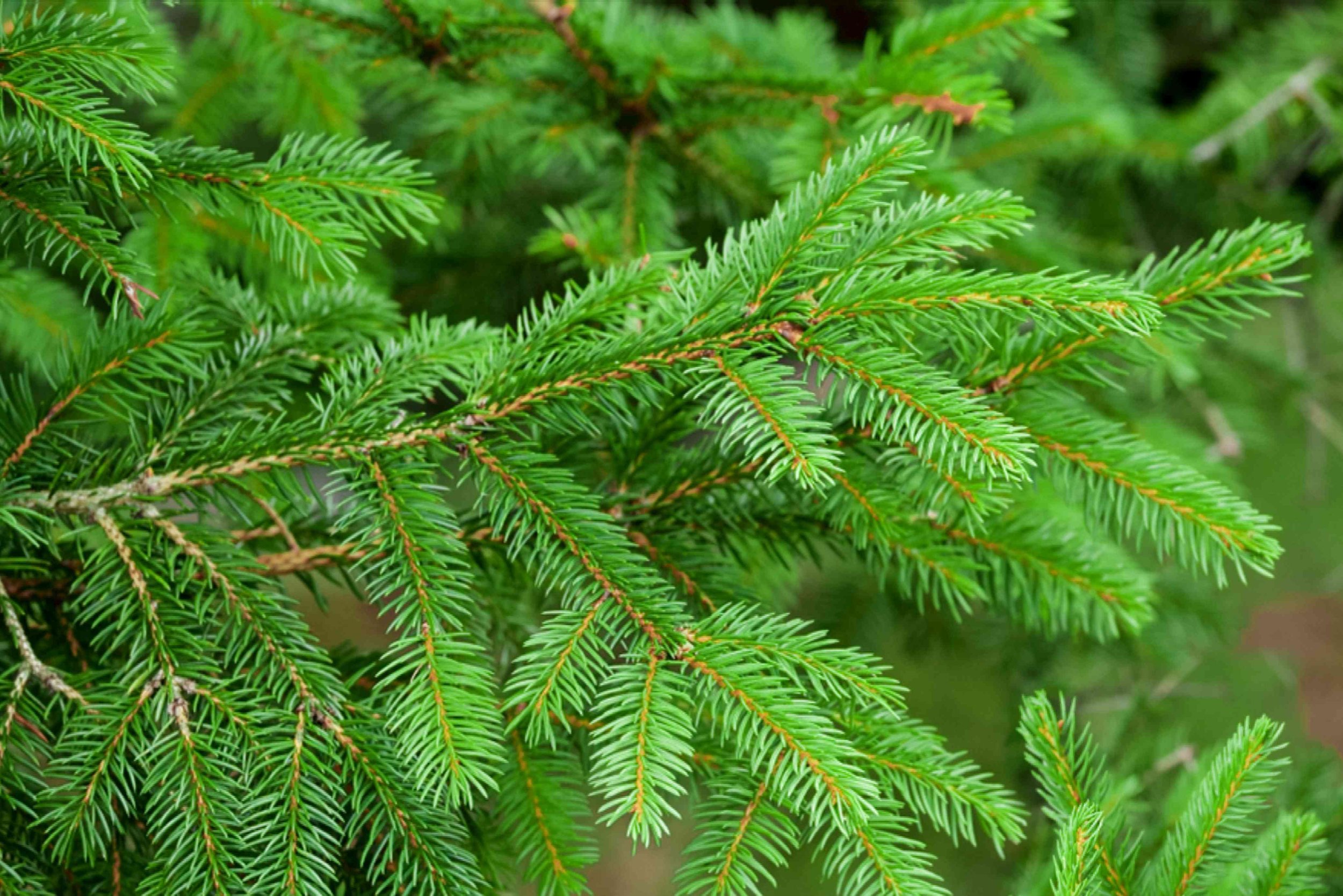
Height: 12 feet
Spread: 7 feet
Sunlight:
![]()
![]()
Hardiness Zone: 6a
Description:
A large shrub that is fully evergreen in the south; showy clusters of fragrant, creamy white flowers in early spring, brilliant red fruit from August through early winter matures to black; displays superior heat and drought tolerance
Ornamental Features
Nantucket Viburnum features showy clusters of lightly-scented creamy white flowers at the ends of the branches in mid spring. The red fruits which fade to black over time are held in abundance in spectacular clusters from late summer to late fall. It has dark green evergreen foliage. The textured narrow leaves remain dark green throughout the winter.
Landscape Attributes
Nantucket Viburnum is a multi-stemmed evergreen shrub with a more or less rounded form. Its average texture blends into the landscape, but can be balanced by one or two finer or coarser trees or shrubs for an effective composition.
This is a relatively low maintenance shrub, and should only be pruned after flowering to avoid removing any of the current season's flowers. It is a good choice for attracting birds to your yard, but is not particularly attractive to deer who tend to leave it alone in favor of tastier treats. It has no significant negative characteristics.
Nantucket Viburnum is recommended for the following landscape applications;
- Accent
- Mass Planting
- Hedges/Screening
- General Garden Use
Planting & Growing
Nantucket Viburnum will grow to be about 12 feet tall at maturity, with a spread of 7 feet. It has a low canopy with a typical clearance of 1 foot from the ground, and is suitable for planting under power lines. It grows at a medium rate, and under ideal conditions can be expected to live for 40 years or more. This variety requires a different selection of the same species growing nearby in order to set fruit.
This shrub does best in full sun to partial shade. It prefers to grow in average to moist conditions, and shouldn't be allowed to dry out. It is not particular as to soil type or pH. It is highly tolerant of urban pollution and will even thrive in inner city environments. This particular variety is an interspecific hybrid.

